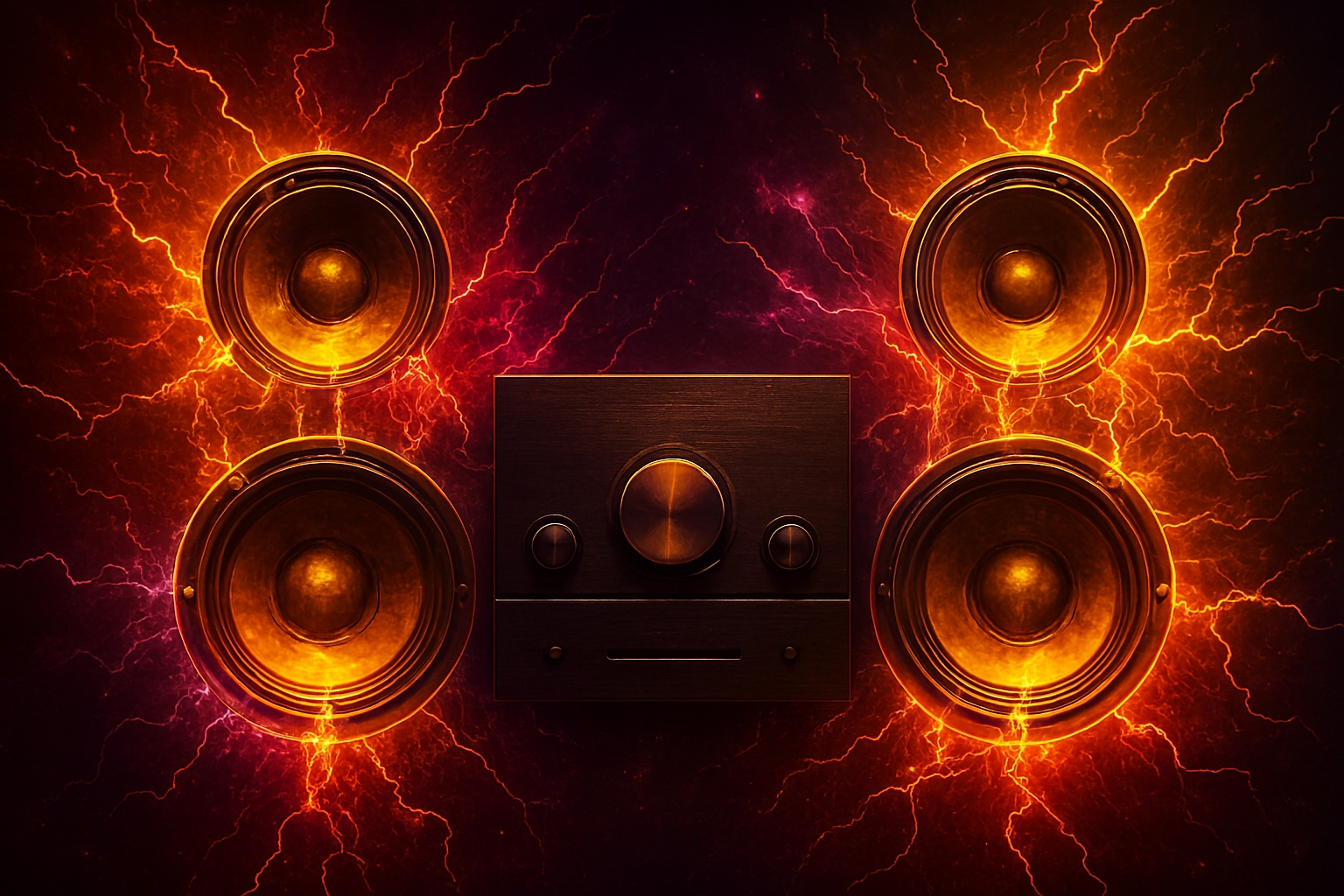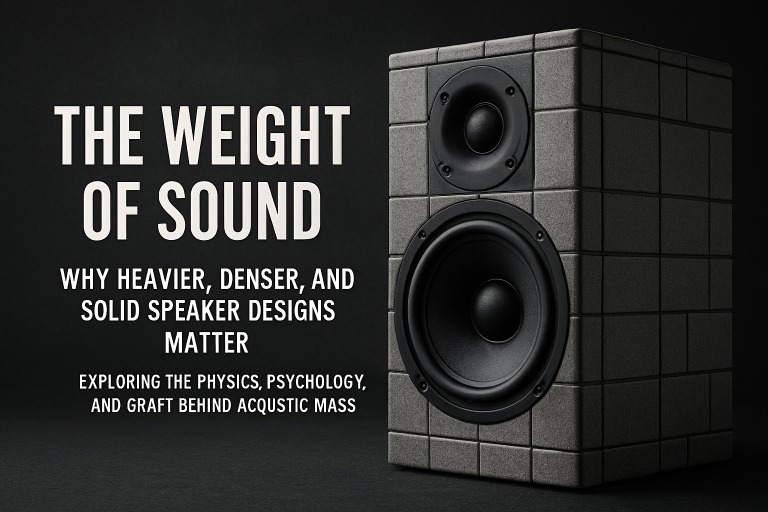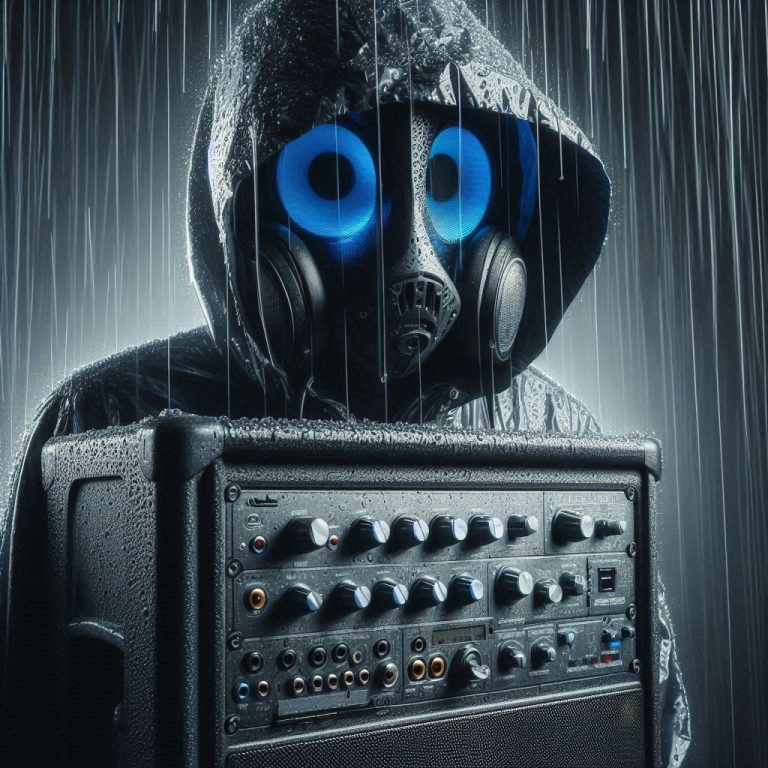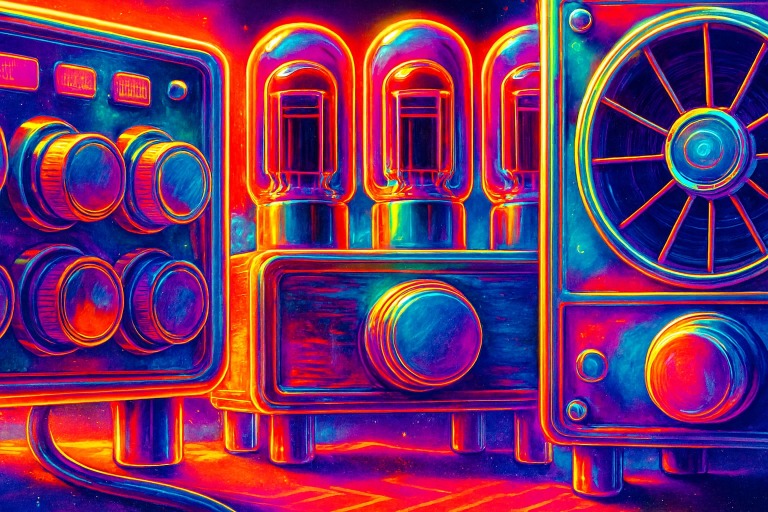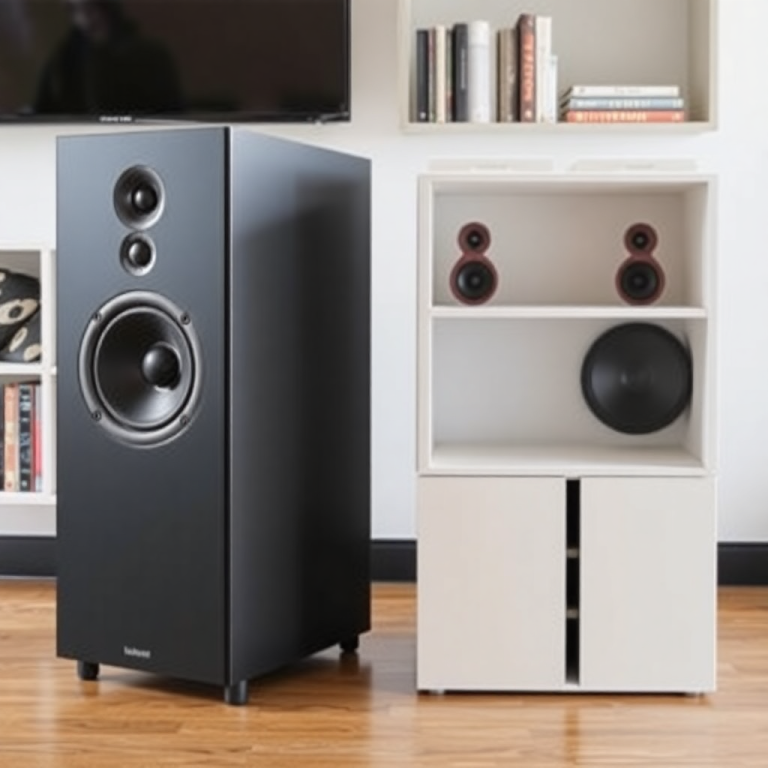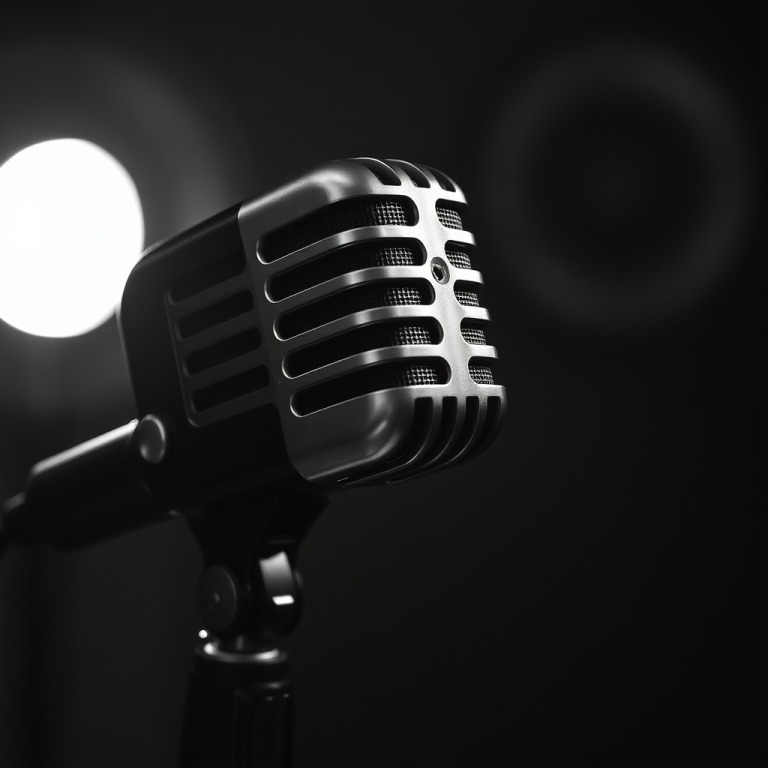How Speaker Wattage Or Electrical Energy Shapes Cleaner Acoustic Output
Introduction – Speaker Wattage Or Electrical Energy Shapes Cleaner Acoustic Output
Speaker wattage is often misunderstood – many assume higher wattage simply means louder sound – but the reality is far more nuanced. Wattage defines the electrical power a speaker can handle or convert into sound – and it directly influences dynamic range – distortion levels – headroom – and long-term durability. Whether you’re designing a home theater – tuning a car audio system – or building a professional studio – understanding wattage is essential to achieving optimal sound quality. The break down the science – the engineering – and the practical implications of wattage in speaker systems. We’ll explore how power ratings interact with amplifier output – acoustic design – and real-world listening environments.
What Is Wattage in Speakers
Wattage refers to the amount of electrical power a speaker can handle or convert into sound. It’s measured in watts – a unit that quantifies energy transfer over time. There are two key wattage ratings – RMS (continuous power) and peak (maximum short burst). RMS is the more reliable metric – indicating how much power a speaker can handle over extended periods. Peak wattage is useful for understanding short-term capacity – but it doesn’t reflect sustained performance.
Wattage doesn’t directly equate to loudness – rather – it defines the potential for dynamic range and clarity. A speaker with higher wattage can reproduce sound with less distortion at higher volumes. Matching speaker wattage to amplifier output is critical for system health and performance. Overpowering or underpowering can lead to clipping – distortion – or damage. Wattage is a foundational spec – but it must be interpreted in context.
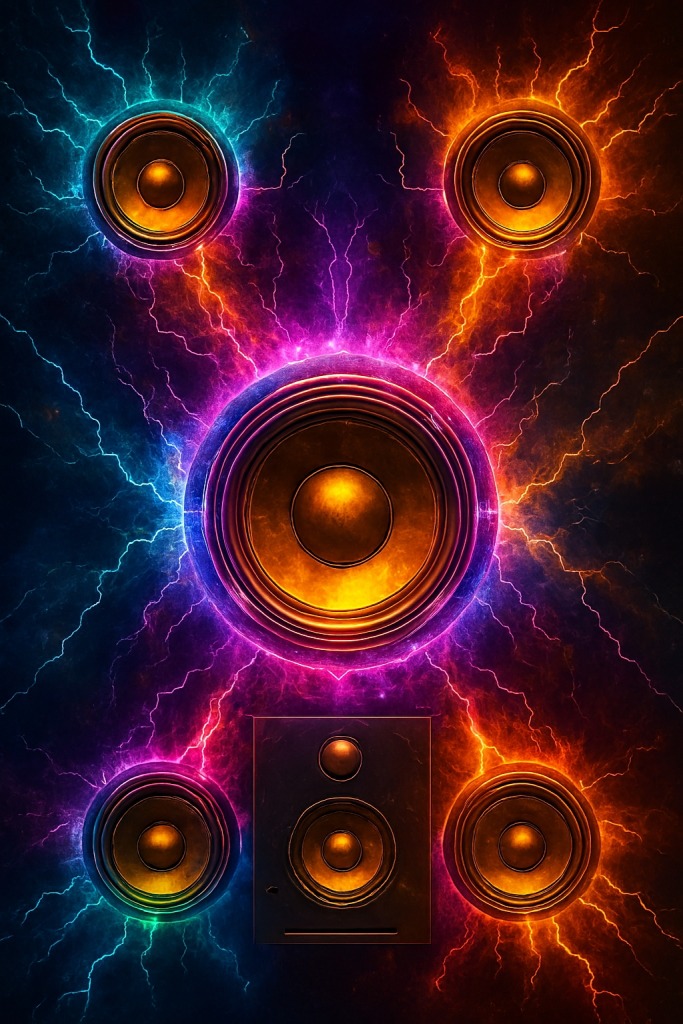
RMS vs Peak Wattage
RMS stands for Root Mean Square – a mathematical average of continuous power handling. It’s the most accurate representation of a speaker’s real-world capability. Peak wattage indicates the maximum power a speaker can handle in short bursts – such as during explosive sound effects or musical crescendos. RMS is always lower than peak – but it’s the more important figure for daily use. A speaker rated at 100W RMS and 200W peak can handle 100 watts continuously – but may briefly tolerate 200 watts.
Using peak wattage as a benchmark for amplifier matching can lead to underpowered systems. RMS ensures consistent performance – reduced distortion – and longer speaker life. Manufacturers often highlight peak wattage for marketing – but professionals rely on RMS. Understanding the difference helps avoid mismatched components and poor sound quality. Always prioritize RMS when evaluating speaker specs.
Loudness vs Power
Loudness is perceived volume – while power is the electrical energy driving the speaker. A speaker’s sensitivity rating – measured in decibels – determines how loud it gets per watt of input. Higher sensitivity means more volume with less power – while lower sensitivity requires more wattage for the same output. For example – a speaker rated at 90dB will be louder than one rated at 85dB with the same wattage. Wattage enables loudness – but sensitivity defines efficiency.
A high-wattage speaker with low sensitivity may not be louder than a low-wattage speaker with high sensitivity. Room acoustics – speaker placement – and amplifier quality also affect perceived loudness. Wattage provides headroom – allowing speakers to play louder without distortion. Loudness is a product of multiple factors – not just wattage. Understanding this distinction prevents overinvestment in unnecessary power.
Headroom and Dynamic Range
Headroom refers to the extra power capacity beyond average listening levels. It allows speakers to handle sudden peaks without distortion or clipping. Dynamic range is the difference between the quietest and loudest sounds a speaker can reproduce. Higher wattage provides more headroom – enabling greater dynamic range. This is crucial for music with wide variation – such as classical or cinematic scores.
Without sufficient headroom – loud passages may distort – reducing clarity and impact. Wattage ensures that transient spikes are handled cleanly – preserving fidelity. In professional audio – headroom is essential for mixing and mastering. In home systems – it enhances realism and immersion. More wattage doesn’t mean constant loudness – it means flexibility and control. Headroom is a hidden benefit of higher wattage – often overlooked but critically important.
Distortion and Clipping
Distortion occurs when a speaker cannot accurately reproduce the input signal. Clipping happens when an amplifier pushes beyond its power limits – cutting off waveforms. Both are common in underpowered systems – where wattage is insufficient for the desired volume. Higher wattage reduces the risk of distortion by allowing clean reproduction at higher levels.
Speakers with adequate power can maintain waveform integrity – preserving tonal balance. Clipping can damage speakers – especially tweeters – which are sensitive to harsh signals. Matching amplifier output to speaker wattage prevents these issues. Distortion isn’t just unpleasant – it’s a sign of system stress. Wattage acts as a buffer – absorbing peaks and maintaining clarity. Investing in higher wattage reduces distortion risk and improves long-term reliability. Clean power is the foundation of clean sound.
Amplifier Matching
Amplifiers must be matched to speaker wattage for optimal performance. An underpowered amp may clip – while an overpowered amp can damage speakers if misused. The ideal match is an amplifier that delivers slightly more RMS power than the speaker’s RMS rating. This ensures headroom without risk of overload. For example – a speaker rated at 100W RMS pairs well with an amp delivering 120W RMS. Peak wattage should not be used for matching – as it misrepresents continuous needs.
Impedance also matters – typically 4 – 6 – or 8 ohms – and must be compatible with the amp. Mismatched impedance can reduce efficiency or cause overheating. Proper matching ensures clean signal transfer – reduced distortion – and longer component life. Wattage is only one part of the equation – but it’s central to amplifier pairing.
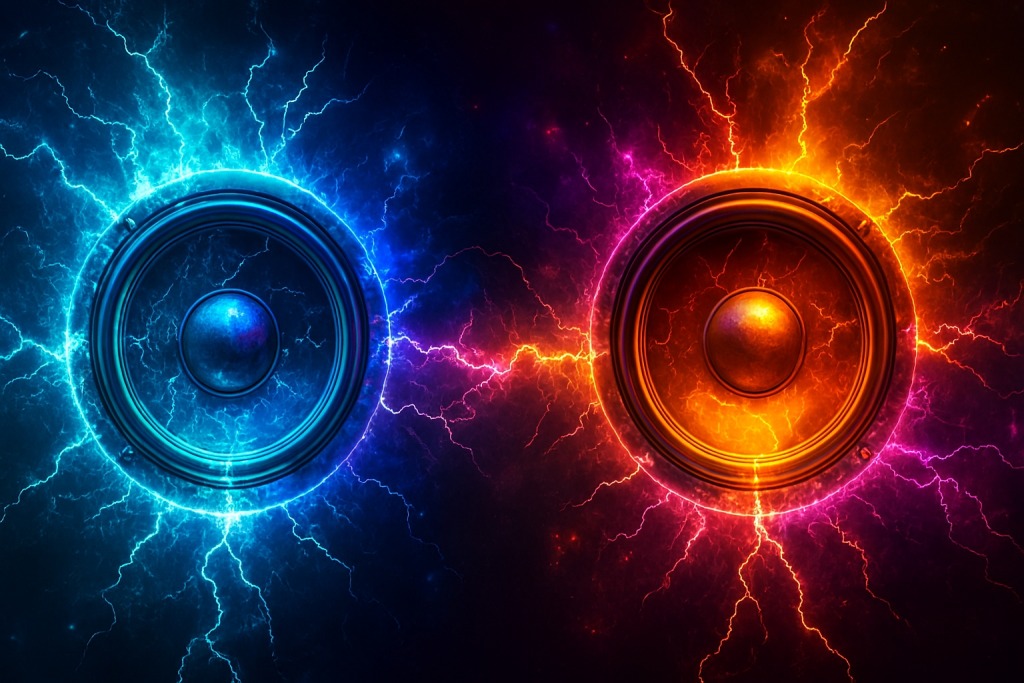
Speaker Efficiency and Sensitivity
Efficiency measures how well a speaker converts electrical power into acoustic energy. Sensitivity is the practical expression of efficiency – usually rated in decibels per watt at one meter. A speaker with 92dB sensitivity produces more volume per watt than one with 86dB. High sensitivity speakers require less wattage for the same loudness – making them ideal for low-power systems. Low sensitivity speakers benefit from higher wattage – enabling full dynamic range. Efficiency affects power consumption – heat generation – and amplifier load. Wattage compensates for inefficiency – allowing speakers to perform optimally. Sensitivity and wattage must be considered together for system design. Efficient speakers are not always better – but they are more power-conscious. Wattage fills the gap when efficiency is low.
Thermal Management and Durability
Speakers convert electrical energy into sound – but also generate heat. Higher wattage increases thermal load – requiring better heat dissipation. Quality speakers use vented voice coils – heat-resistant adhesives – and robust materials to manage heat. Overheating can degrade performance or cause failure. Wattage ratings reflect thermal limits – not just acoustic capability. Continuous high-power operation demands advanced thermal design. Durability depends on managing heat over time – especially in professional or high-volume environments. Wattage is a stress factor – and speakers must be built to handle it. Thermal management is invisible – but essential. Investing in higher wattage requires confidence in build quality. Heat is the silent enemy of speaker longevity.
Acoustic Design and Wattage
Speaker design influences how wattage translates into sound. Larger drivers require more power to move air effectively. Enclosure type – sealed – ported – or horn-loaded – affects efficiency and power needs. Ported designs often require less wattage for bass extension – while sealed boxes demand more. Crossover networks distribute power across drivers – and must be rated for wattage. Tweeters – midranges – and woofers have different power tolerances. Wattage must be balanced across the system to prevent failure. Acoustic design determines how wattage is used – not just how much is needed. Wattage supports design goals – whether clarity – bass depth – or dispersion. Understanding design helps interpret wattage requirements.
Real-World Listening Environments
Room size – shape – and materials affect how wattage is perceived. Larger rooms require more power to fill space evenly. Reflective surfaces amplify sound – while absorptive materials dampen it. Wattage compensates for environmental loss – ensuring consistent volume. Outdoor systems need more wattage due to lack of boundaries. Wattage also interacts with ambient noise – requiring more power for clarity. Speaker placement affects dispersion and coverage – influencing wattage needs. Real-world conditions often demand more power than lab specs suggest. Wattage provides flexibility to adapt to different environments. Listening context defines wattage requirements.
Car Audio and Wattage
Car audio systems face unique challenges – limited space – high ambient noise – and variable power supply. Higher wattage helps overcome road noise and cabin acoustics. Factory systems are often underpowered – limiting dynamic range and clarity. Upgrading wattage improves bass response – vocal clarity – and overall impact. Car amplifiers must be matched carefully to speaker wattage and impedance. Wattage also affects battery draw and alternator load. Efficient speakers reduce power strain – but wattage ensures performance. Car audio benefits from clean – controlled power. Wattage transforms mobile sound into immersive experience.
Home Theater Applications
Home theater systems demand precision – consistency – and immersive sound across multiple channels. Wattage plays a critical role in delivering dynamic realism – especially in surround setups where each speaker must handle sudden shifts in volume and frequency. Higher wattage allows for greater headroom – ensuring that explosive effects or orchestral swells don’t distort. Center channel speakers benefit from extra wattage to preserve vocal clarity during dialogue-heavy scenes. Subwoofers require substantial power to reproduce low-frequency effects with control and depth.
Matching amplifier output to speaker wattage across all channels ensures balanced performance and prevents bottlenecks. Room acoustics and seating position influence how wattage translates into perceived sound – making calibration essential. Wattage also affects how well the system scales with larger screens and higher-resolution formats. More power means more realism – especially in action-heavy or cinematic content. Wattage is the backbone of home theater fidelity – enabling emotional impact and sonic precision.
Studio Monitoring and Wattage
In studio environments – accuracy is paramount. Wattage determines how well monitors reproduce transients – dynamics – and tonal balance without coloration. Higher wattage provides clean headroom for mixing and mastering – allowing engineers to hear subtle details without distortion. Studio monitors are often nearfield – but still benefit from adequate power to maintain clarity and control. Low-wattage systems may mask flaws or introduce harmonic distortion – compromising mix integrity.
Wattage also affects how monitors respond to EQ adjustments – compression – and stereo imaging. Professional studios use amplifiers matched precisely to monitor specs – ensuring consistent output across sessions. Wattage supports transparency – enabling critical listening and confident decision-making. Inconsistent power can lead to fatigue – misjudged mixes – and poor translation to other systems. Wattage is not about loudness in studios – it’s about precision – neutrality – and control.
Live Sound and Wattage Demands
Live sound systems operate under extreme conditions – large venues – unpredictable acoustics – and high SPL requirements. Wattage is essential for maintaining clarity – impact – and coverage across distance. Line arrays and PA systems use high-wattage amplifiers to drive multiple drivers simultaneously – ensuring consistent output across the audience. Wattage ensures that vocals cut through the mix – instruments retain definition – and bass remains tight and punchy.
Outdoor venues require even more power due to sound dispersion and environmental loss. Wattage also supports redundancy – allowing systems to operate safely under load and recover from peaks. Engineers calculate wattage needs based on venue size – audience density – and genre-specific dynamics. Underpowered systems risk distortion – feedback – and poor coverage – while properly powered rigs deliver immersive and reliable sound. Wattage is the engine behind live sound performance – enabling scale – clarity – and resilience.

Speaker Longevity and Wattage Tolerance
Speakers are mechanical devices – and wattage directly affects their lifespan. Operating within rated wattage ensures minimal stress on components – preserving performance over time. Exceeding wattage limits can damage voice coils – suspensions – and diaphragms – especially during sustained high-volume playback. Thermal buildup from excessive power leads to material fatigue – adhesive failure – and coil deformation. Manufacturers design speakers with tolerance margins – but consistent overpowering shortens life and increases repair risk.
Wattage also influences how often speakers need maintenance – recalibration – or replacement. High-quality speakers handle wattage better due to superior materials – advanced cooling – and robust engineering. Wattage tolerance is a measure of durability – not just performance – and respecting it preserves investment and sonic integrity. Longevity depends on power discipline – and wattage is the boundary between performance and degradation.
Impedance and Wattage Relationship
Impedance is the resistance a speaker presents to electrical current – measured in ohms – and it directly affects how wattage is delivered. Lower impedance draws more power from the amplifier – while higher impedance draws less – influencing efficiency and thermal load. Matching impedance ensures that wattage is delivered safely and effectively – preventing amplifier strain or speaker damage.
Most consumer speakers are rated at 8 ohms – while professional systems may use 4 or 6 ohms depending on design goals. Amplifiers list wattage output at specific impedance levels – and these must align with speaker specs to avoid mismatches. Mismatched impedance can reduce output – cause overheating – or trigger protection circuits. Wattage and impedance are inseparable in system design – and understanding their relationship is essential for safe and optimal performance. Wattage flows through impedance – and together they define the electrical and acoustic behavior of the system.
Wattage and Frequency Response
Frequency response defines the range of sound a speaker can reproduce – from deep bass to shimmering highs – and wattage affects how well this range is maintained. Low frequencies require more power due to larger driver movement and air displacement – making subwoofers particularly wattage-sensitive.
Higher wattage ensures that bass remains tight – controlled – and distortion-free – even at high volumes. Midrange and treble benefit from clean power to preserve detail – articulation – and stereo imaging. Wattage also affects crossover performance – ensuring smooth transitions between drivers and consistent tonal balance.
A speaker with adequate wattage maintains frequency response integrity across all listening levels – while underpowered systems may lose definition or introduce coloration. Wattage supports tonal fidelity – enabling full-spectrum reproduction without compromise. Frequency response is shaped by design – but sustained by power.
Wattage in Wireless and Smart Speakers
Wireless and smart speakers prioritize convenience – but wattage still plays a vital role in audio quality. Compact designs limit driver size and amplifier output – affecting dynamic range and bass extension. Higher wattage in smart speakers enables better low-end response – clearer vocals – and reduced distortion – especially in noisy environments. Battery-powered models balance wattage with energy efficiency – using digital amplifiers and signal processing to optimize output.
Wattage also affects how well smart speakers perform in larger rooms – where dispersion and volume demands increase. Premium models invest in higher wattage to deliver fuller sound despite compact form – using passive radiators – multi-driver arrays – and advanced DSP. Wattage remains a key factor in audio fidelity – even in wireless formats – and it defines the difference between background sound and immersive experience.
Wattage and Speaker Placement
Speaker placement influences how wattage translates into perceived sound – and strategic positioning can reduce or increase power demands. Corner placement amplifies bass through boundary reinforcement – while open placement may require more wattage to maintain balance. Wattage compensates for placement limitations – ensuring consistent output across the listening area. Wall-mounted speakers may need more wattage to overcome reflective surfaces and maintain clarity.
Floor-standing models benefit from higher wattage to energize larger spaces and deliver full-range sound. Wattage also affects how well sound travels across rooms – reaching distant listeners without loss or distortion. Placement and wattage must be considered together for optimal performance – and calibration tools help align power output with spatial dynamics. Strategic positioning reduces wattage demands – while poor placement increases them. Wattage is a tool for spatial control – not just volume.

Wattage and Acoustic Treatment
Acoustic treatment modifies how sound behaves in a room – and wattage interacts with these changes to shape the final listening experience. Treated rooms absorb reflections – requiring more wattage to maintain perceived volume and dynamic impact. Untreated rooms may amplify sound – reducing wattage needs but increasing distortion and coloration risk.
Wattage ensures that treated spaces retain clarity – punch – and realism – even with absorptive materials in place. Bass traps – diffusers – and absorbers all influence how wattage is perceived – and professional studios calibrate power output based on treatment levels. Wattage also affects how well speakers integrate with room modes – standing waves – and boundary effects. Acoustic treatment and wattage must be balanced for accurate reproduction – and together they define the sonic character of the space. Wattage is the force behind acoustic precision.
Conclusion
Wattage is more than a number – it’s a measure of potential – control – and fidelity. From home theaters to concert halls – wattage defines how sound is delivered – shaped – and sustained. It influences distortion – dynamic range – thermal management – and speaker longevity. Matching wattage to environment – design – and application ensures optimal performance and emotional impact. Wattage is not about being louder – it’s about being clearer – cleaner – and more immersive. Understanding wattage empowers better decisions – better systems – and better sound. It’s the invisible architecture behind every great listening experience.
Join the Discussion
How do you approach wattage in your own setups – whether studio – home – or mobile? Have you ever experienced distortion from underpowered systems – or clarity from well-matched ones?
#SpeakerPower #AudioEngineering #WattageWisdom #SoundDesign #HomeTheater #StudioGear #LiveSound #SpeakerMatching #AudioClarity #DynamicRange #SpeakerSetup #ImpedanceMatters #CleanSound #ThermalDesign #FrequencyResponse
